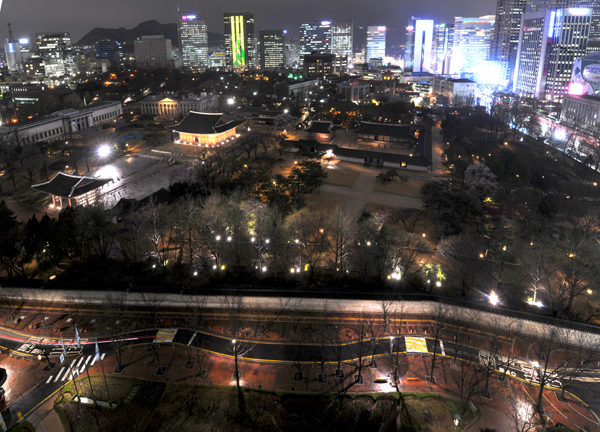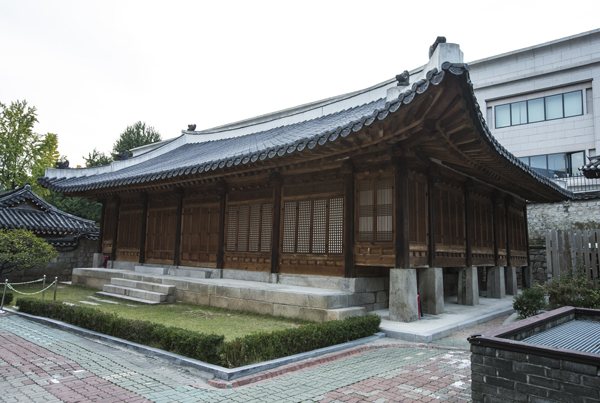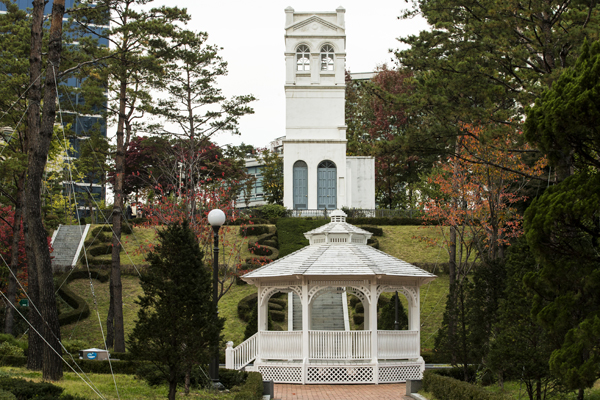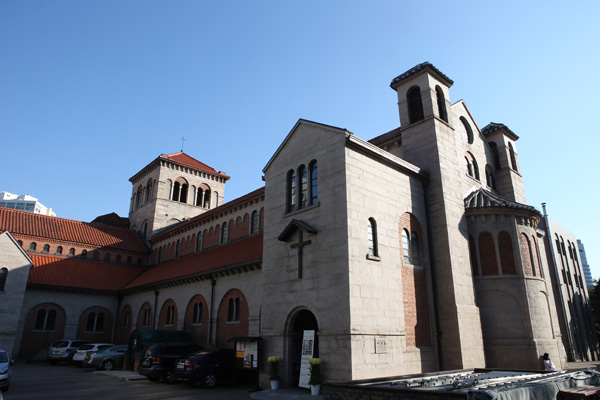Seoul landmarks staying open late

Visitors can take guided tours or stroll around Jeong-dong on their own and enjoy cultural performances during the event, modeled after Copenhagen’s Culture Night. [JOONGANG ILBO]

Yangijae, which used to be a royal educational institution

the former Russian legation building

Jungmyeongjeon, a former royal library

The Seoul Anglican Cathedral are all extending their opening hours for Jeong-dong Culture Night, which starts today. [JOONGANG ILBO]
The number of institutions participating in Jeong-dong Culture Night has increased from 20 in May to 27 for this round, according to the district office.
For example, the British Embassy, which is located near Deoksu Palace, is also participating. Built in the 1890s as the British legation building, it is known for its beautiful, Victorian-style structures and gardens, where foreign diplomats often held gatherings.
But only 80 people who are selected after applying in advance through the festival’s website, culture-night.junggu.seoul.kr, will be able to visit the embassy.
The Canadian Embassy is also taking part in the festival, and the basement library will be open to the public.
Nearby, the Seoul Anglican Cathedral will also be opening its doors, showing off its historic hanok (Korean traditional structures). Yangijae, which was built in 1904 as part of Deoksu Palace, is likely to interest visitors.
The building was used as a suhagwon, an educational institution for the children of the royal family, during the final years of the Joseon Dynasty (1392-1910). But during the Japanese colonial era (1910-45), the building was sold to the Anglican Church, so it is currently part of the Seoul Anglican Cathedral.
A complete list of places one can visit during the event and their extended hours are available on the festival’s web site.
BY PARK MIN-JE, KIM HYUNG-EUN [hkim@joongang.co.kr]










with the Korea JoongAng Daily
To write comments, please log in to one of the accounts.
Standards Board Policy (0/250자)